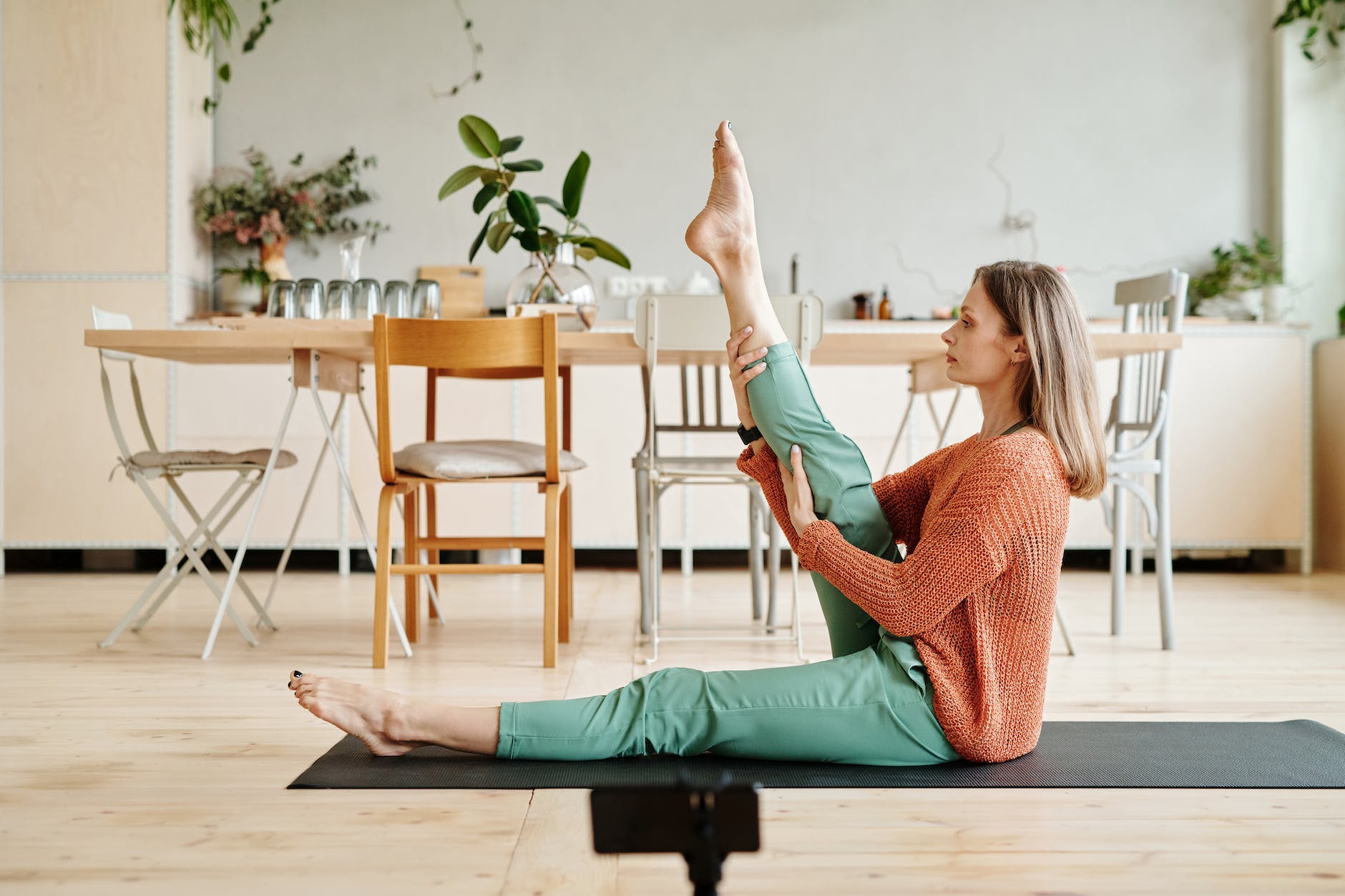The Importance of Stretching and Flexibility Exercises to Prevent Injury and Improve Mobility


The Importance of Stretching and Flexibility Exercises to Prevent Injury and Improve Mobility
In today's fast-paced world, where sedentary lifestyles and desk-bound jobs have become the norm, it is crucial to prioritize our physical well-being. Regular exercise is a key component of maintaining a healthy lifestyle, but often overlooked are stretching and flexibility exercises. These exercises not only help prevent injuries but also improve mobility, enhancing overall physical performance. In this comprehensive guide, The Importance of Stretching and Flexibility Exercises to Prevent Injury and Improve Mobility, we will delve into the significance of stretching and flexibility exercises and highlight their positive impact on our bodies.
Understanding the Benefits
Injury Prevention
One of the primary reasons why stretching and flexibility exercises are vital is their role in preventing injuries. Engaging in activities that strain our muscles and joints, such as intense workouts or repetitive motions, can lead to muscle imbalances and tightness. By incorporating regular stretching routines into our fitness regimens, we can reduce the risk of muscle strains, sprains, and other injuries. Stretching helps improve muscle flexibility, allowing for a wider range of motion and better joint stability.
Improved Mobility and Flexibility
Flexibility plays a crucial role in maintaining optimal physical performance. A lack of flexibility can restrict our movements and hinder our ability to perform everyday tasks or engage in sports and physical activities effectively. Stretching exercises help elongate our muscles and tendons, enhancing their elasticity and enabling us to move more freely. Increased flexibility not only improves our posture but also enhances athletic performance, as it allows for more extended strides, greater agility, and better overall coordination.
Enhanced Circulation and Muscle Recovery
Stretching exercises also promote better blood circulation throughout our bodies. When we stretch, our muscles expand and contract, which facilitates blood flow to the tissues. Improved circulation ensures that oxygen and essential nutrients are efficiently delivered to the muscles, aiding in their recovery and reducing post-workout soreness. Additionally, stretching assists in the removal of metabolic waste products, such as lactic acid, from our muscles, further promoting their recovery and preventing muscle fatigue.
Best Practices for Stretching and Flexibility Exercises
To maximize the benefits of stretching and flexibility exercises, it is essential to follow some best practices. Here are a few tips to help you make the most out of your stretching routine:
Warm-up First
Before diving into stretching exercises, it is crucial to warm up your body. Engaging in light cardiovascular activities like jogging or brisk walking for 5 to 10 minutes increases your heart rate, warms up your muscles, and prepares your body for the stretching session ahead.
Focus on Major Muscle Groups
When stretching, it's essential to target major muscle groups, such as the calves, quadriceps, hamstrings, hip flexors, shoulders, and back. These muscle groups are commonly used in everyday movements and physical activities. Devote sufficient time to each muscle group, holding the stretches for 20 to 30 seconds without bouncing or jerking.
Gradual Progression
Flexibility is not built overnight. It is crucial to start with gentle stretches and gradually increase the intensity over time. Pushing your body too hard during stretching exercises can lead to injuries. Aim to challenge your muscles gradually, but always prioritize safety and listen to your body's limits.
Incorporate Different Types of Stretches
There are several types of stretching techniques, each targeting different muscle groups and promoting flexibility in various ways. Some common types include static stretching, dynamic stretching, and proprioceptive neuromuscular facilitation (PNF) stretching. Incorporating a mix of these techniques into your routine can yield optimal results.
Consistency is Key
Like any other exercise regimen, consistency is key when it comes to stretching and flexibility exercises. Aim to incorporate stretching sessions into your daily routine, even on days when you are not engaged in intense workouts. Consistent stretching will gradually improve your flexibility and help maintain the gains you achieve.
Conclusion
In conclusion, the significance of stretching and flexibility exercises cannot be emphasized enough. By incorporating these exercises into our fitness routines, we can prevent injuries, improve mobility, and enhance our overall physical performance. Remember to warm up, target major muscle groups, progress gradually, and maintain consistency in your stretching regimen. Prioritizing your physical well-being through regular stretching and flexibility exercises will not only optimize your fitness journey but also contribute to a healthier and more active lifestyle. https://diabetescure4u.com/
- How to create a balanced workout routine that includes cardio, strength training, and flexibility exercises.
- The benefits of exercising outdoors and how to stay safe while doing so.
- How to Overcome Common Barriers to Regular Exercise
- How to stay consistent with your exercise routine while traveling
- The benefits of high-intensity interval training (HIIT) for fitness and weight loss.


